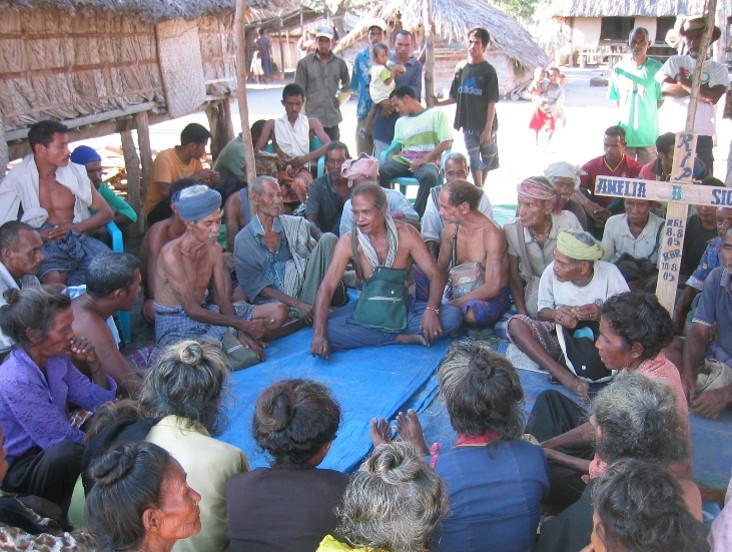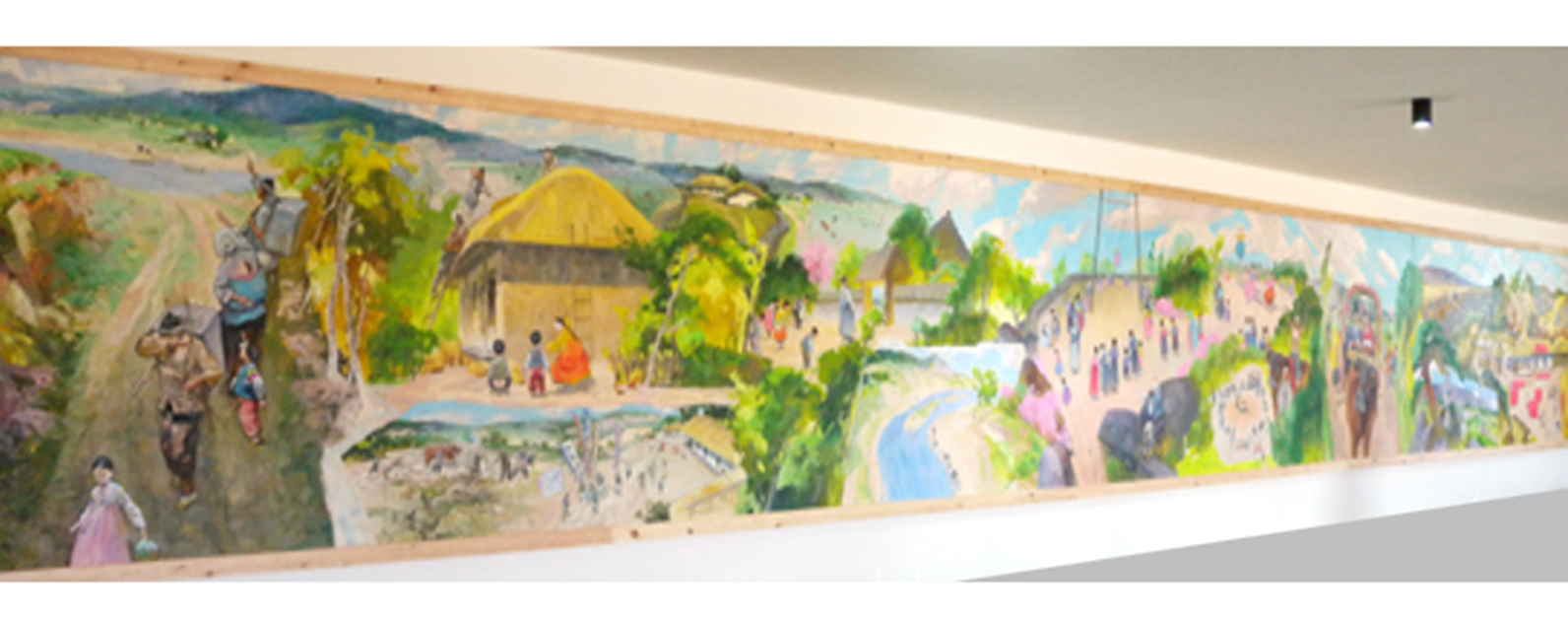Asian Studies
Learning in Asian Studies
In this field of “Area Studies” Asia is the focus of research. “Area Studies” originates from an interest in a specific region and is a discipline that closely investigates contemporary world issues related to that region. The concept of “Asia” is quite broad, but the Asian domain in the FGS primarily covers the countries and regions of East Asia, Southeast Asia, and South Asia in its classes and research scope. Starting from a simple curiosity about the people and societies of Asia and a desire to know more about our neighbors in Asia, we explore themes such as development, poverty, cultural heritage, education, religious transformations, environment, conflict and peace, popular culture, and so on. By traversing through various academic disciplines such as history, archaeology, cultural anthropology, and sociology, we deepen our understanding of Asia and seek to understand how the concept of “global” appears from this perspective.
Sophia University and Asian Studies
The reason for establishing “Asian Studies” as one of the domains of the Faculty of Global Studies reflects Sophia University’s strong emphasis on its relationship with Asia and its high expectations and intentions for students to become part of Asia through learning and experiences.
An important hub for Jesuit Asia Studies
Sophia University is one of the key hubs for Jesuit Asia Studies. During the period of social changes in the late 1970s, many people from Southeast Asian countries such as Vietnam, Laos, and Cambodia fled as refugees. “Helping Indochinese Refugees Hands of Love” was launched by Sophia University in December 1979 in order to support the regufees, our neighbours, which marked the beginning of such initiatives by Sophia University. In line with the Jesuit mission, efforts were put into understanding our neighbors deeply through both research and education to truly become a part of Asia. This led to the establishment of research organizations, such as the Institute for Asia Cultural Studies founded in 1982, and the enhancement of faculty education. The “Asian Studies” domain of the FGS is established based on the belief that mission, research, nor education should be neglected.
Example of Asian Studies
Every faculty member in the field of “Asian Studies” has extensively travelled around particular regions and countries cultivating relationships with the people who live there.
Regarding Academic Fields

Faculty members specialize in a wide range of academic fields, including archaeology, history, anthropology, political science, and sociology. However, they all have a common focus: local communities and people living today. [Photo: Elders gathered for funeral rites (Suai, East Timor)]For those of you who are starting to explore your field of study, there is no need to forcibly connect Asia with global issues from the outset. First, why not go to Asia and confirm for yourself the things or events you want to know more about, such as halo-halo, Angkor Wat, or war ruins in Asia? Before setting off, let’s learn cornerstones of realization in the realm of “Asian Studies”.
Research Example in the Field – Associate Professor Kwon Hyang Suk
Exploring the globalization of East Asia through human migration
Why do people migrate? This seemingly simple question is often considered to have an equally simple answer, but when you try to explore the answer, you realize that it is by no means simple at all. The phenomenon of people migrating itself has been a universal one since the dawn of time regardless of era or region; a phenomenon embedded in many cultures. [Photo: Panel painting (1.7m×22m) at the Chinese Korean Ethnic Hundred Years Village Customs Exhibition Hall in Tumen City near the China-North Korea border, depicting the migration process and cultural characteristics of Chinese Koreans (provided by Mr. Kim Kyung-Nam)]

I have been particularly interested in the past and present circumstances of the Chinese
Korean community, which is known for its high mobility within East Asia. The Korean
community, originating as migrants from the Korean Peninsula, has not only established
itself as a minority ethnic group in China but has also built its own unique community.
Since the “Reform and Opening Up” policy, they have increasingly moved from rural
areas to cities, as well as abroad, including to South Korea and Japan.
Therefore, I am advancing my research by interviewing returnees who have worked and
engaged in business overseas, as well as those who, after studying in Japan, have become
active experts in their field and are working throughout Asia, including Japan, South
Korea, China, and Vietnam. At first glance, they seem to be based on the different
approaches of “working abroad” and “studying abroad”. However, there is a complex flow
involving cross-border (trigenerational) families, where the parent generation works in
Korea, and the child generation studies in Japan. This leads to re-migration and multiple
consecutive migrations reflecting deeply intertwined dynamics with Asian economy.
Hence, the dispersion and re-consolidation of Korean families can be seen as a touchstone
of regional trends. Building on these insights, we aim to capture the region and the world
from the perspectives of mobile individuals providing a comprehensive view of East
Asia’s globalization and uncovering its reality.
Example of research in the field – Associate Professor Hiroko Kushimoto
Considering Education from Southeast Asia
“Schools” are now a “global” phenomenon visible across almost the entire world. However, considering that different cultures exist worldwide, should it not be obvious that the attitudes to be learned and the skills to be acquired through “education” would naturally differ? In Japanese classrooms, lessons begin with “standing and bowing” but in Islamic schools in Malaysia, lessons begin with a prayer to Allah. [Photo: Classroom scene in a religious secondary school in Malaysia]

On the one hand, there are cultural differences like this, but surprisingly, the sense of
“having to pass the exam” and “needing to graduate from a good school and get a good
job” is quite similar, and in some places, even more emphasis is placed on exam results
than in Japan. The “school” that we imagine today was introduced as a “modern thing”
after the Meiji Restoration in Japan, and during colonialization in many other Asian
countries. Despite being a relatively recent phenomenon compared to cultures nurtured
over long histories, it has the powerful effect of homogenizing people’s consciousness and
ways of life. Considering this, the global phenomenon of “school” appears very strange.
As a research theme in Malaysian Islamic education, utilizing the fields of cultural
anthropology and comparative education studies, I have been staying in Malaysia for
over ten years researching the cultures of teaching and learning Islam. From there,
looking at “modern school education” as a global phenomenon, it has become clear that
our current way of thinking and values are greatly influenced by this. From here, I am
pondering what our “education” is constrained by and how we can design education that
is more free and truly empowering for everyone.